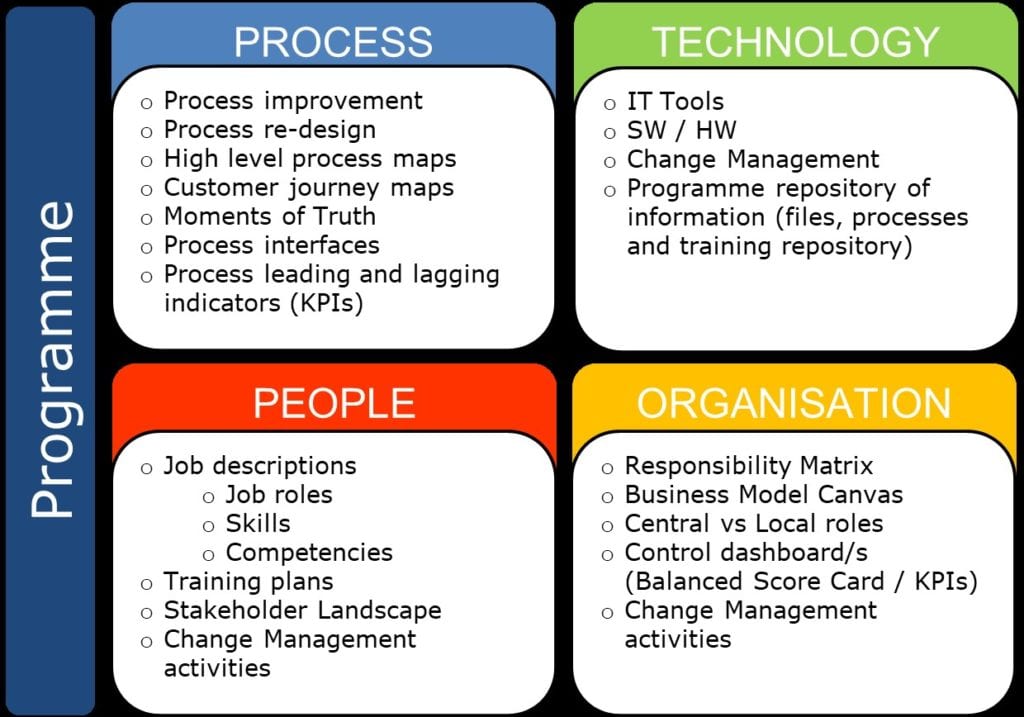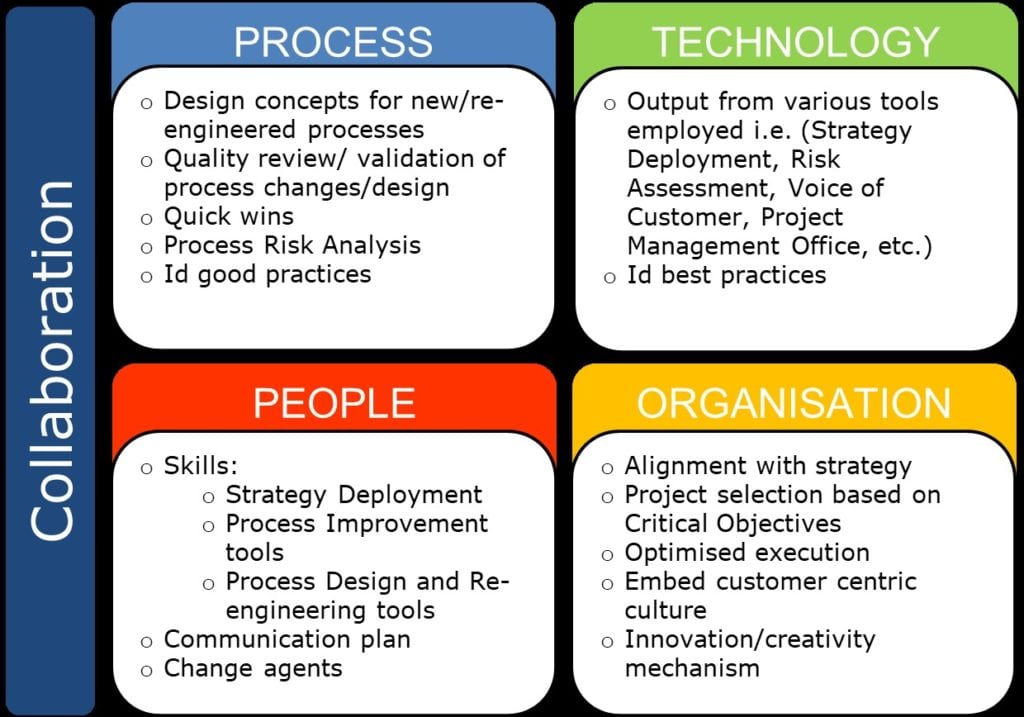Towards Operational Clarity
Facing challenges like aligning operations with strategic goals, bridging departmental gaps, adapting to market changes, and managing technological complexities underscores the importance of a robust Target Operating Model. Such a model offers your organisation a foundation for resilience, efficiency, and forward momentum.





